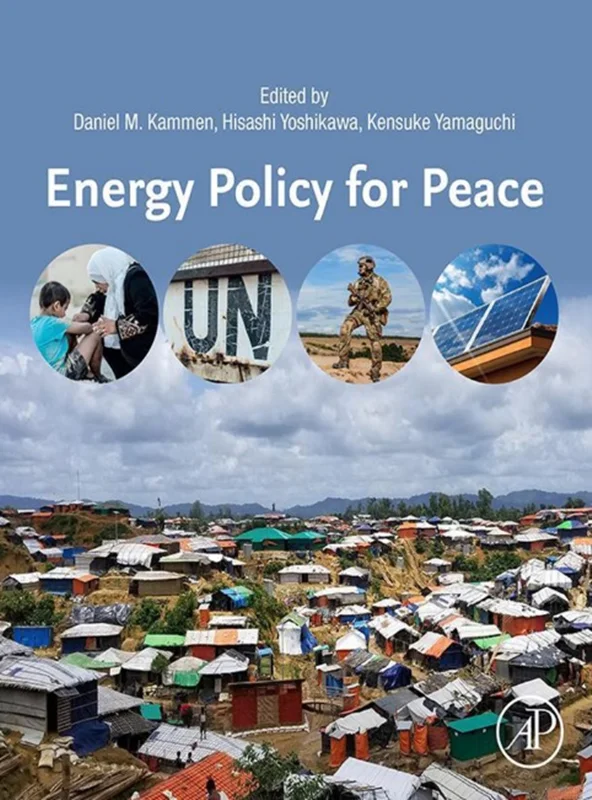Energy Policy for Peace
Daniel Kammen, Hisashi Yoshikawa, Kensuke Yamaguchi, B0CGV1293C, 0128173505, 0128173513, 9780128173503, 978-0128173503, 978-0-12-817350-3, 9780128173510, 978-0128173510
English | 2023 | PDF | 5 MB | 192 Pages
Though sustainable development goals and other international initiatives have insisted on the importance of energy access in peace building, there is still little understanding about the extent to which energy systems themselves can contribute to or mitigate structural violence. While there are ample relevant examples globally from a diverse literature and increasing body of case studies, this knowledge has not been systematically organized to show theoretical alternatives to current energy systems or deliver practical policy advice in building such alternatives.
Informed by the contributions of a multidisciplinary global author pool, Energy Policy for Peace provides both a new foundation for researchers and practitioners exploring how energy systems can be changed to build positive peace, and a toolkit for redressing structural violence. The work opens by reviewing how unequal energy access strengthens structural violence. It argues that increasing access to energy access may be an important tool in mitigating structural violence. It concludes with practical policy recommendations and institutional reforms designed to mitigate the structural violence embedded in many energy systems and develop energy strategies for peace building.
- Reviews the characteristics of energy systems that enable positive peace
- Discusses practical recommendations to achieve positive peace through energy strategy and policies
- Draws on an array of real-world case studies drawn from an exemplary team of international practitioners
- Provides a toolkit of policy options for stakeholders interested in redressing structural violence

